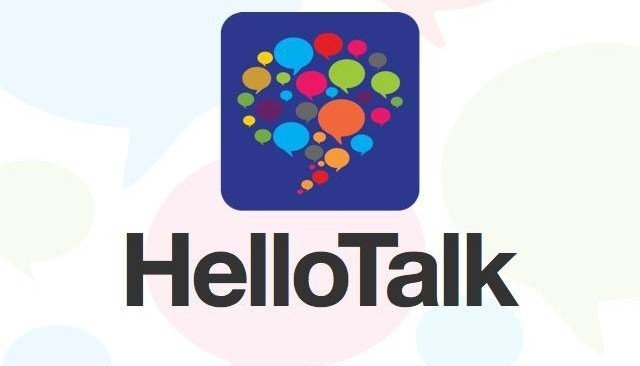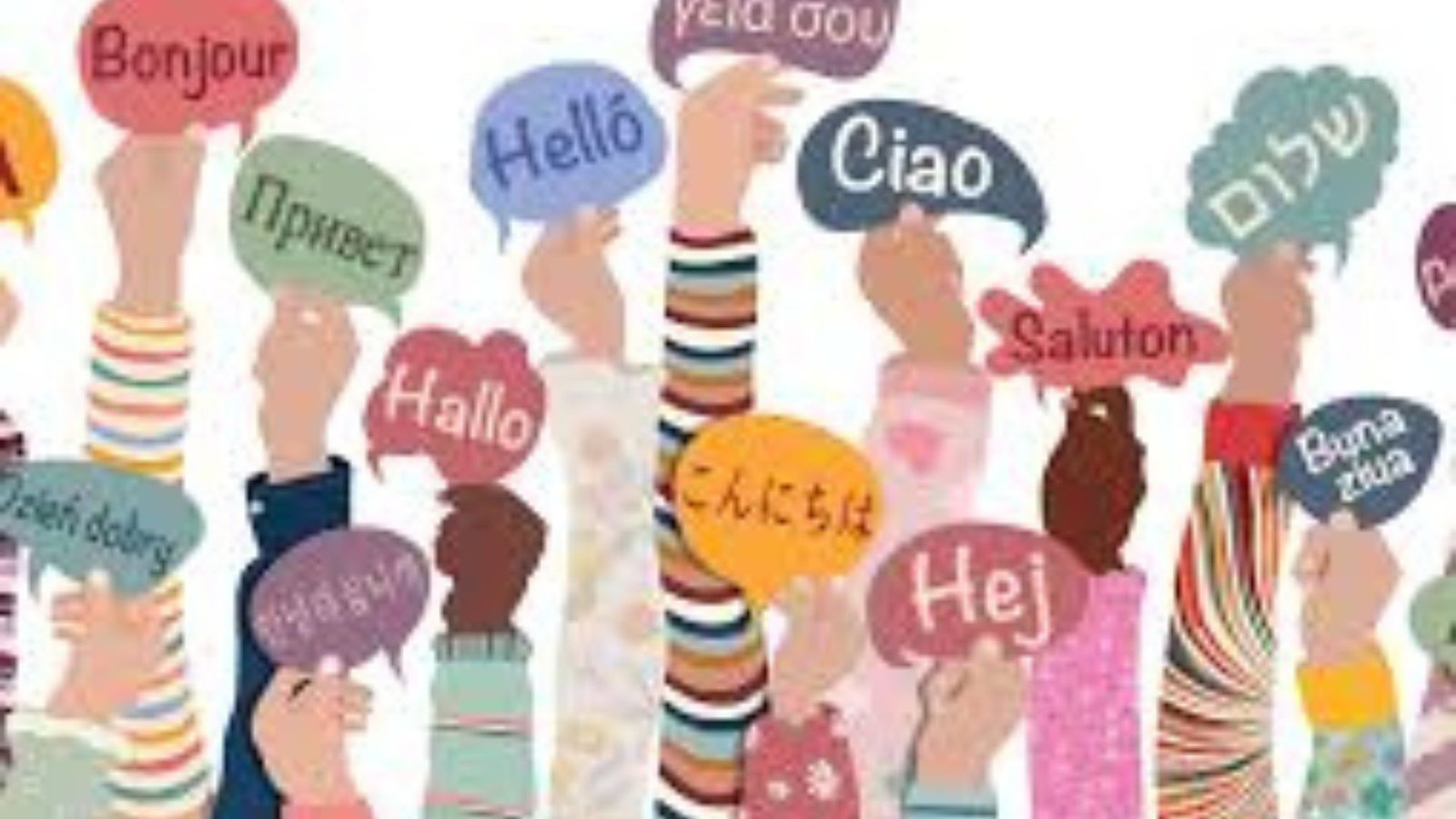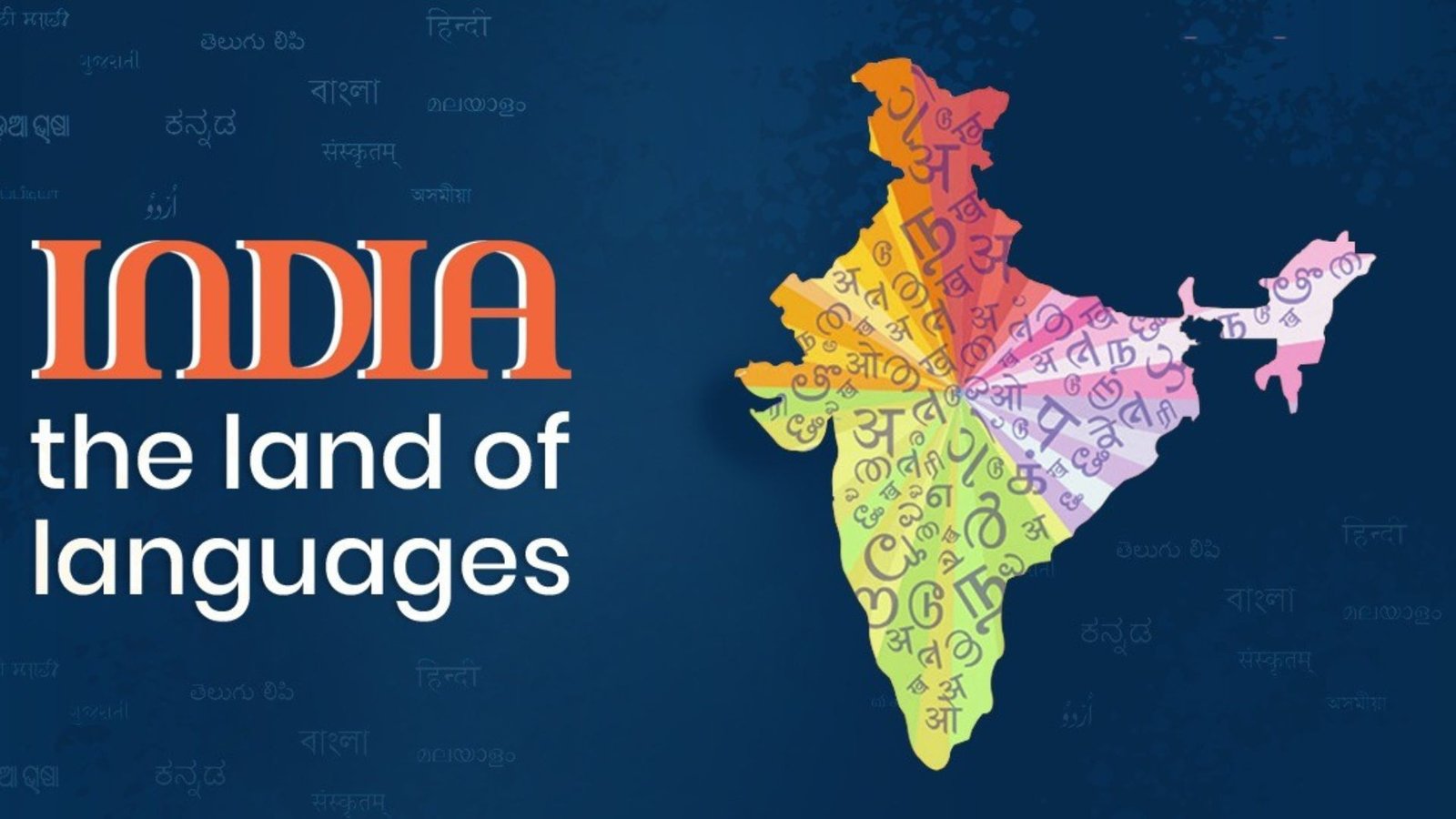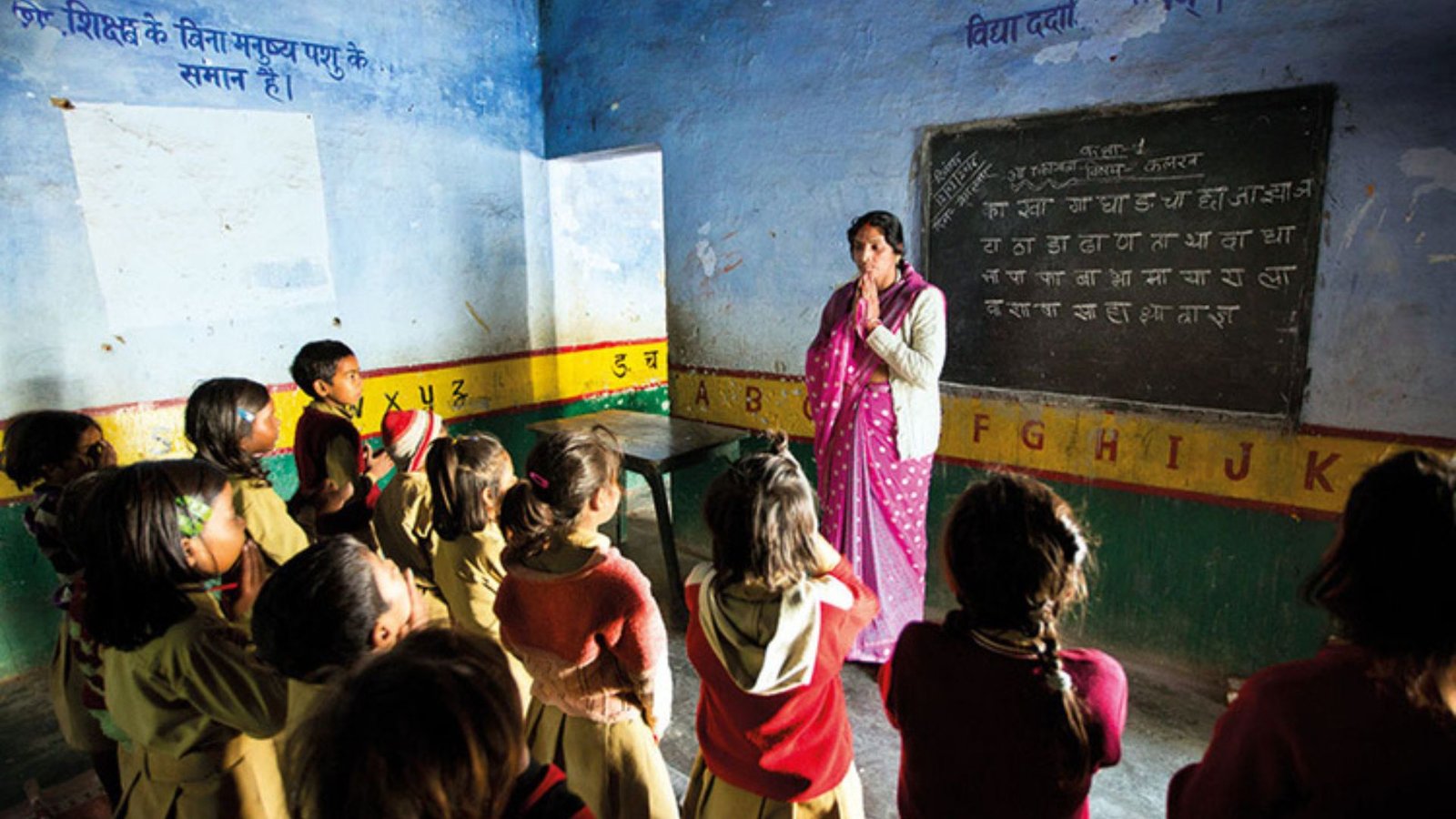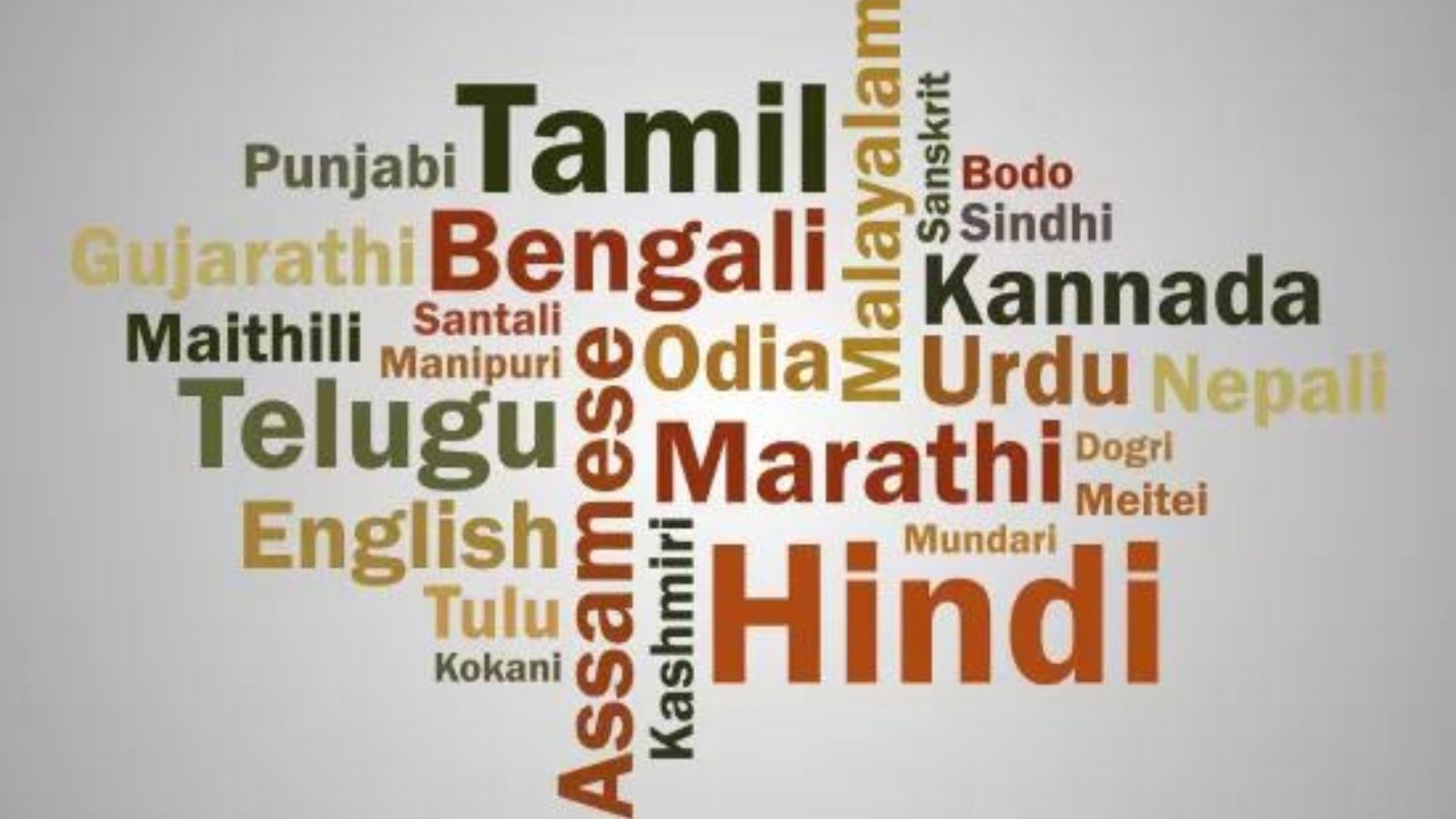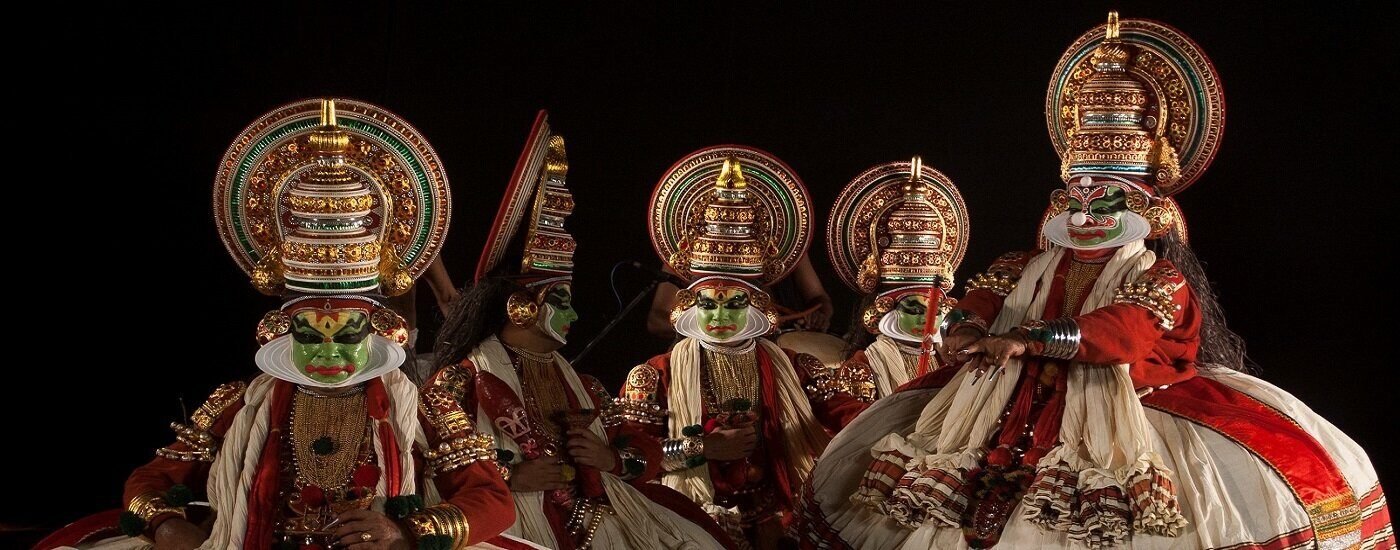Best Tools for Learning Indian Languages
Learning Indian languages can be an enriching experience. With so many diverse languages across India, choosing the right tools can make a significant difference. Here, we’ll explore the best tools for learning Indian languages, making your journey smoother and more effective. Language Learning Apps Duolingo Duolingo is widely recognized for its gamified learning approach. For … Read more

